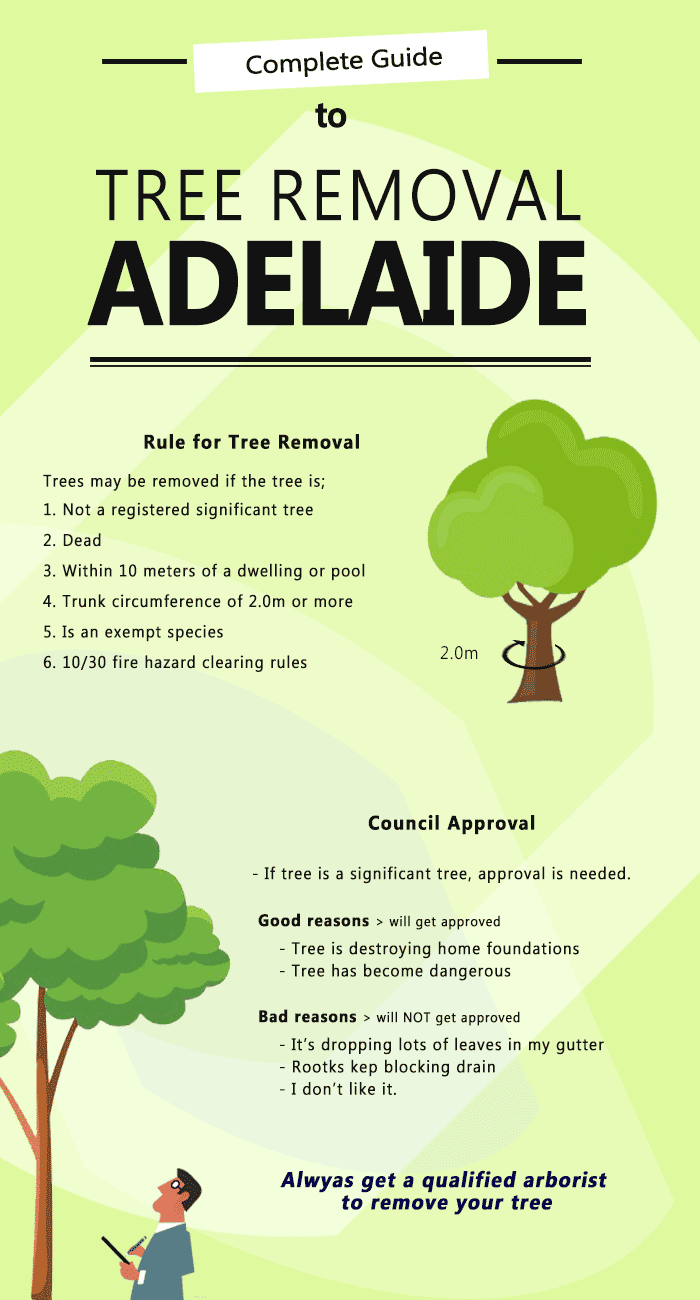Indicators Suggesting The Requirement For Tree Removal: Recognizing Risky Trees
Indicators Suggesting The Requirement For Tree Removal: Recognizing Risky Trees
Blog Article
Web Content Author-Winther Butcher
When it concerns tree treatment, acknowledging the indicators that it's time for removal is crucial for your safety and home. You might discover blemished fallen leaves, wilting branches, or odd fungal developments showing health issue. Structural problems, like a significant lean or cracks in the trunk, can likewise position risks. Understanding these warning signs can aid you make notified decisions regarding your trees and prevent possible hazards hiding in your yard. What should you seek next?
Indications of Degeneration and Condition
When you notice indications of degeneration and illness in your trees, it's vital to act rapidly. Try to find blemished leaves, wilting branches, or unusual developments like fungus. These can show that your tree is having a hard time.
If you see fractures in the bark or soft, mushy timber, these signs and symptoms suggest inner degeneration. In addition, a sudden increase in pests around your tree can signify that it's deteriorated and at risk.
Check for any type of dead or dying arm or legs, as they posture a danger to your residential property and safety. If you're uncertain regarding what you see, speaking with an arborist can give quality.
Resolving these indications early can conserve you from a lot more substantial damages and make sure the health and wellness of your yard. Do not wait until it's far too late.
Structural Instability and Leaning
As you observe your trees, watch out for any signs of architectural instability or leaning. If Trimming Bonsai Tree leans substantially, it may suggest that the origin system is compromised.
Look for any type of splits in the trunk or soil around the base; these can signal prospective failure. In addition, look for uncommon development patterns, like an unbalanced crown, which might suggest that the tree is struggling to hold itself upright.
If you discover that the tree leans toward your home, power lines, or other structures, it postures a higher risk. Do not overlook these indications-- consult an arborist to evaluate the scenario.
Doing linked internet page about it early can stop costly damages and ensure your security.
Dead or Perishing Branches and Foliage
If you notice dead or dying branches and vegetation on your tree, it's a clear indicator that something's incorrect.
These harmful areas can indicate underlying problems like disease, pest infestations, or ecological anxiety. When branches lose their leaves or turn brown, they're no more contributing to the tree's health and wellness. Ignoring these signs might cause additional decrease, making your tree much more dangerous.
Dead branches can easily break short throughout storms, posturing a risk to residential property and individuals nearby. It's important to assess the extent of the damages.
If the trouble affects a considerable part of the tree, take into consideration speaking with an expert. They can assist establish if elimination is essential to guarantee safety and security and preserve the elegance of your landscape.
Final thought
If you discover any type of indicators of decay, structural instability, or dead branches on your trees, do not neglect them. These indicators can present significant safety and security threats to you and your residential property. It's constantly best to seek advice from a professional arborist who can supply an expert assessment of your trees. Taking action early can protect against mishaps and expensive damages, guaranteeing your landscape continues to be safe and healthy and balanced. Remember, it's better to be positive about tree treatment than to wait on a calamity to happen.
